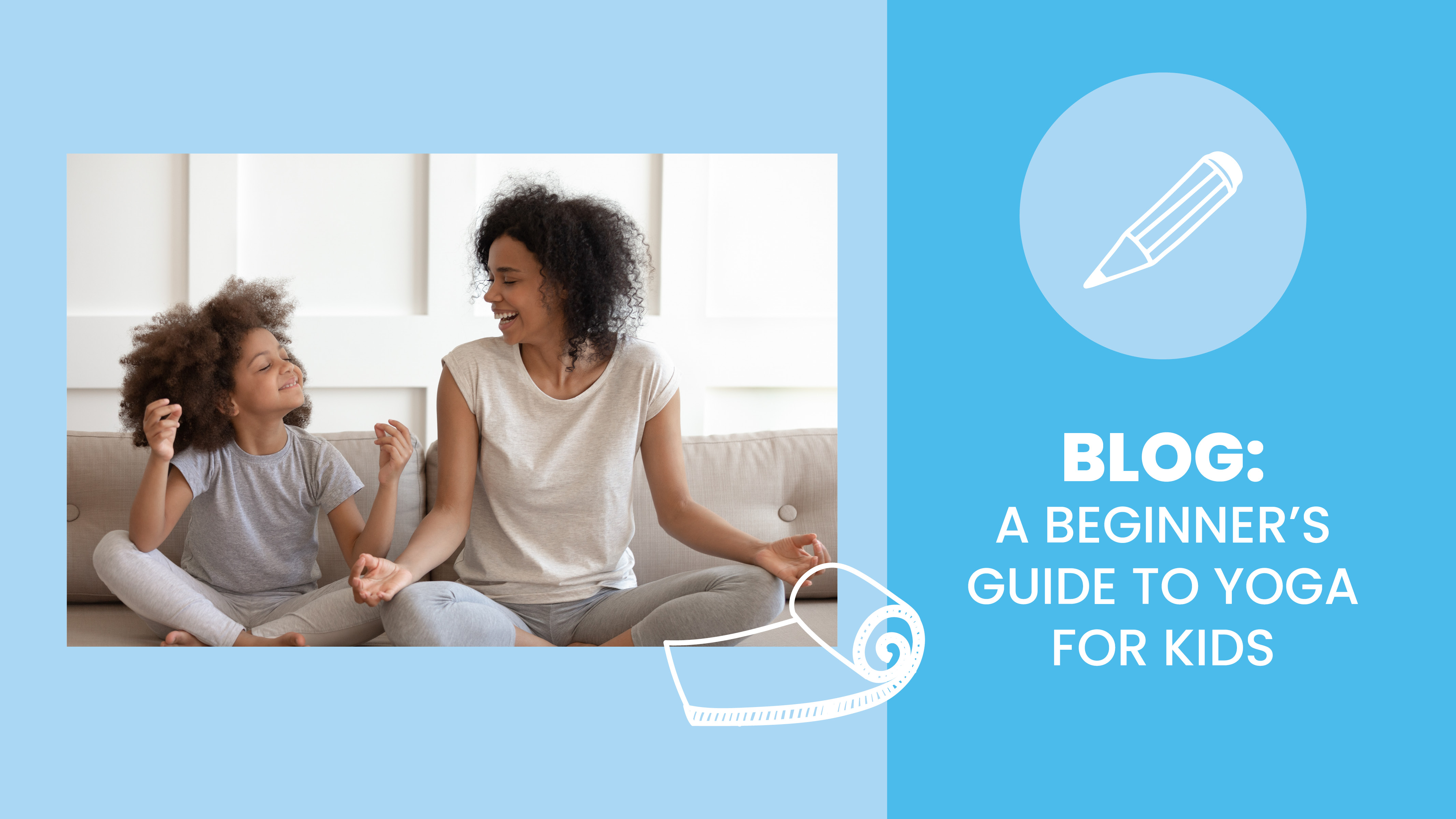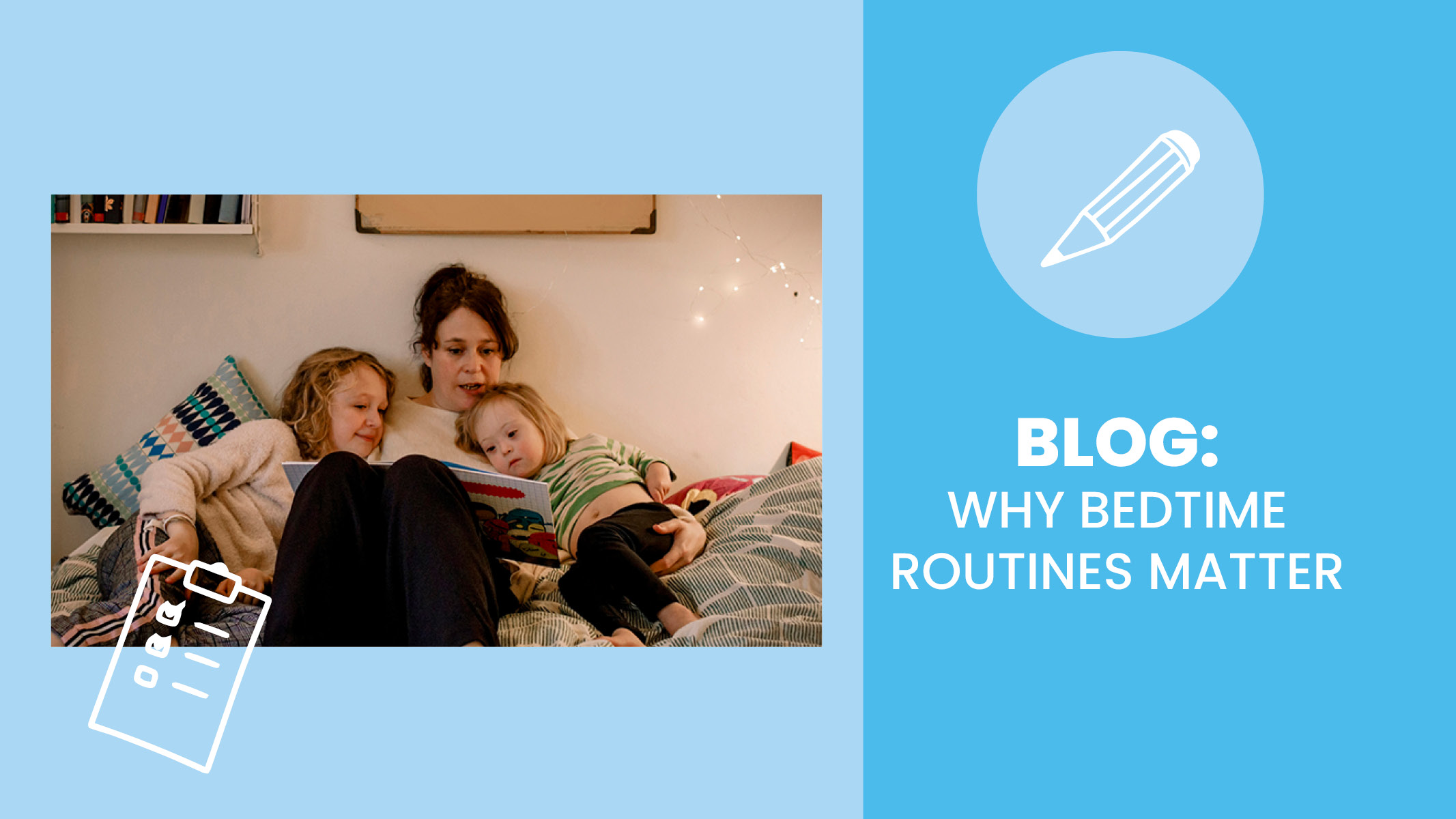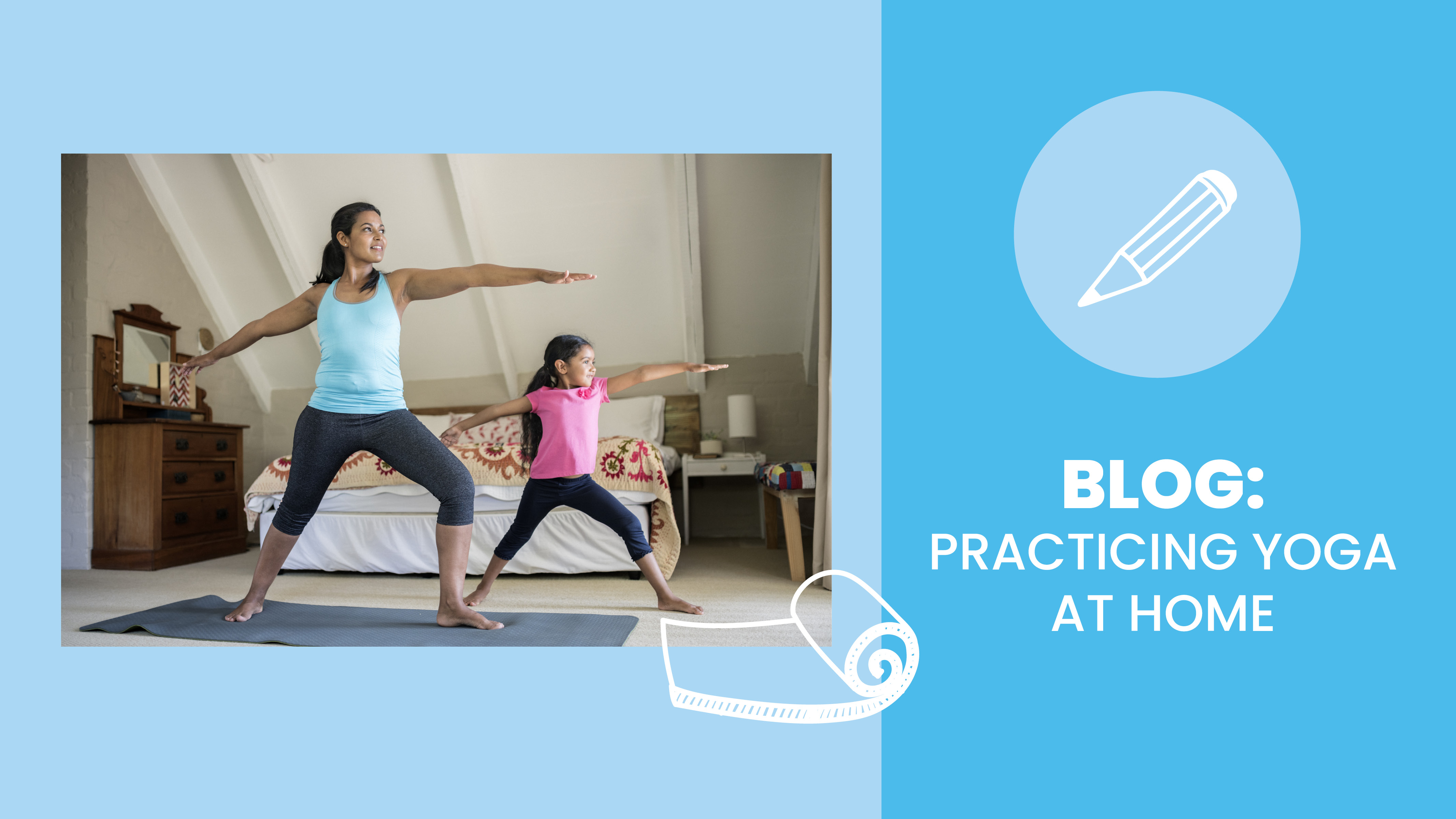Bodies benefit from regular physical activity and it’s more important than ever to keep kids moving in many ways throughout the day. While you might think of running or weightlifting to get moving, yoga is another amazing way to be active. We talked with Katrina Lien, a certified children’s yoga instructor, about yoga and the importance of moving the body, as well as how you can implement it with your kids.
What is yoga? According to Katrina, yoga is a way to exercise the body and brain at the same time, using movement and breathing. The word 'yoga' means 'union.' The union of thoughts and feelings with the body happens while practicing yoga. Yoga requires the body to move which helps with flexibility and strength while breathing helps calm and refresh the body and brain.
Why is yoga important? Yoga encourages mindfulness and helps strengthen kids’ physical, emotional, and cognitive development, Katrina says. Practicing yoga provides physical benefits such as increased muscular strength and endurance, improved sleep quality, and increased body awareness and coordination. Emotional and cognitive benefits of practicing yoga include lowered stress, increased focus and concentration, and improved memory and emotional regulation.
What are some tips for getting started without formal training?
- Create a space to practice yoga that makes your kids feel safe and comfortable. Even though the intent is to practice yoga, your space doesn’t need to include yoga mats. Any comfortable surface indoors or outdoors will work! Additionally, try to eliminate distractions such as screens which can get in the way of a calm, focused environment. If you prefer a space with some noise, try adding some calming music in the background.
- Start slow and simple. To ease your child into the idea of focusing on movement and breathing simultaneously, practice different breathing techniques. This article will teach you 12 different breathing and calming exercises that you can practice with your kids.
- Expect your child to get distracted. If you want to get their attention at the start, try a fun warm-up like Simon Says. If you’re struggling to keep your child’s attention throughout the practice, that’s okay! Keep the yoga session shorter and at a faster pace to help your child be more engaged. In total, kids’ sessions should only last about 5-10 minutes.
- Be patient. There’s no need to pose perfectly. Are they having fun? Are they being safe? Great! If they are moving and having a positive experience, the goal has been accomplished. If you notice a child struggling, use phrases like “Do your best” or “I love that we’re doing this together.”
- To conclude the practice, try another breathing exercise. Doing a breathing exercise will calm your child’s body and brain so they are ready for the next activity or task of the day!
What resources are available for teaching yoga to kids?
Printable Card Packs Videos and Interactive Activities
Grow Your Flow: Simple Yoga Poses fitFlow Activity
fitFlow Yoga Cards Yoga for Kids Video
Animal Yoga Cards fit Workout: Yoga Flow
If you’re looking for tips on how to practice yoga at home, read our article here.
If you want to add yoga in your classroom, check out this article to learn tips on the best times and ways to practice yoga at school.
Ready for More? You Might Also Like:
Top 5 Resources for Relaxation
Relax with Dakota: A Mindful Meditation for Kids


